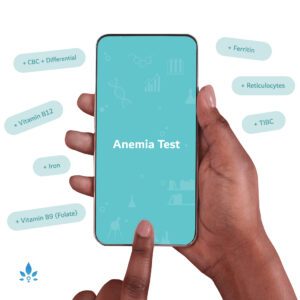What is Preeclampsia?

Preeclampsia is defined as high blood pressure that develops in the second half of pregnancy and is associated with too much protein in your urine. There are other warning signs, including headaches, vision changes, and pain coming from your liver. Preeclampsia might also be diagnosed if you have high blood pressure with low platelets (platelets are found in the blood, and help with clotting) or abnormal liver function tests.
Preeclampsia affects 5-8% of pregnancies. Women who are at increased risk of developing preeclampsia include first-time mothers, women of African-American descent, those who are 35 or older, and those who are obese. Multiple pregnancies (twins or triplets) also increase your risk, as does a prior history of hypertension.
Preeclampsia is considered a serious pregnancy complication because it can affect both your health and your unborn baby’s health. The risks to the mother are maternal seizures (called eclampsia) and the risk to the baby is reduced growth. Thus, following a diagnosis of preeclampsia, your pregnancy will be labeled as high risk and you will be monitored closely for the duration.
Your doctor will usually opt to admit you to hospital for observation and, in some cases, induced labour or C-section delivery are recommended, as the only true cure for preeclampsia is giving birth (in a small subset of women the condition can develop or worsen after delivery, so monitor your health and check with your doctor if anything seems to be amiss). Once diagnosed, it is relatively rare for preeclampsia to be mild enough to be managed at home.
If your blood pressure remains high, your doctor may give you blood pressure medication orally or intravenously. Once admitted to hospital, it is likely that you will be started on a medication called magnesium sulfate, which is used to prevent seizures during pregnancy. Additionally, if your doctor is worried that you will need to deliver prematurely, you will be given steroid injections to help mature your baby’s lungs.
Sources:
- American Congress of Obstetricians/Gynecologists
- Practice Bulletin #33
- Diagnosis and management of preeclampsia and eclampsia. American Congress of Obstetricians/Gynecologists
- FAQ: High blood pressure during pregnancy.
Powered by Bundoo®













































